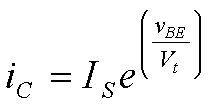
Observations:
1) Units - As always happens on the first quiz and homework assignment, many people did not feel that I was serious about the expectation that you track your units. If you failed to do so you lost a point. As a shot across the bow, on this first quiz you only lost a point on the quiz overall. In the future, you will lose a point on each problem that you do not properly track your units. This penalty is above and beyond any other points you lose and so, yes, it is entirely possible to get a negative score. Get in the habit of tracking your units - fair warning has been given.
2) Many people are weak on the fundamental relationships. Just as, hopefully, you do not find it surprising that you are expected to KNOW the relationship between voltage and current for a resistor (i.e., Ohm's Law) or that resistors in series add, it should not be surprising that you are expected to KNOW the relationship between collector voltage and the base-emitter voltage for a BJT transistor (i.e., the Diode Equation). This is the fundamental starting point for most of the material in this course.
3) Many people exhibit weak basic math skills - basic for someone that is an upper level undergraduate engineering major. You need to be able to work readily derivatives of exponential equations. That's how nearly all of the small signal parameters are defined. You will also need to be able to determine the equation for a straight line given two points on that line - that's how you find the Early Voltage for a transistor!
4) You need to understand, know, and be able to derive the equations for the small signal parameters used in this course.
You should have the following equation memorized:

You should have the following definitions memorized:
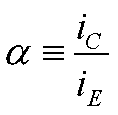
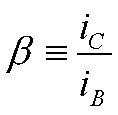
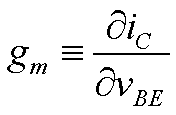
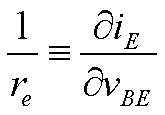
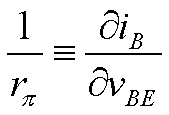
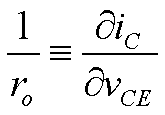
You should understand the Early Effect well enough to know that, at a fixed base-emitter voltage, the collector-current increases with increases in the collector-emitter voltage. Where this sloping characteristic intersects the voltage axis is defined as -VA where VA is the defined as the Early Voltage.
You should be able to USE the above information to readily derive ALL of the remaining relationships in Table 4.2 and Table 4-3. If you can't do so, then practice until you can. You WILL see these asked as frequent quiz and exam questions throughout the course and if you can't do them and do them quickly, you will not only be losing easy to claim points and spending time needed for other problems, but it is highly doubtful that you will have anywhere near a sufficient understanding of the material to do well on the remaining problems anyway.